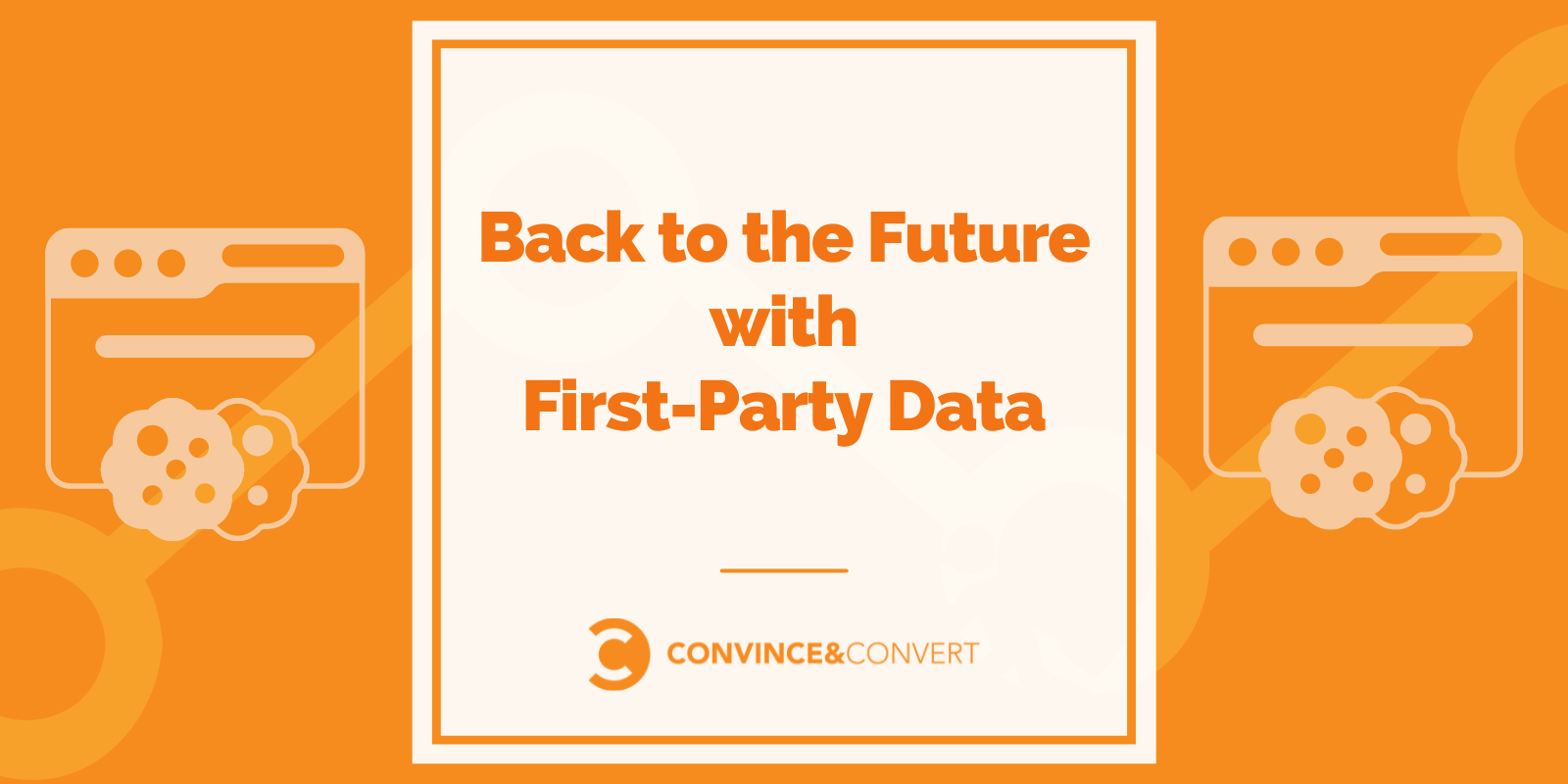
You’ve heard the phrase a million times: “The more things change, the more they stay the same.”
Sometimes those classic proverbs ring too true to ignore and, in the city square that is today’s digital marketing landscape, the tower bells are peeling –loudly. It’s probably time to start paying attention.
For 20+ years now, digital marketing has been riding high on the promise of detailed user information: Who they are, where they live, how often they click, how long they stay, their email address, etc. You were about to sync it up with third-party data, run some programmatic initiatives and you have pretty much all you need to know about your customers.
But now, your customers are on to you and their personal data–and they’ve grown wary of it. Too much of a good thing has caused backlash and industry heavy hitters like Apple and Google, among others, are listening to their users and effectively putting the clamp down on privacy.
By 2023, cookies will be all but gone and Apple’s privacy measures are about to take a serious foothold.
These changes have already begun to make waves in the digital marketing space and some might even say it’s causing the industry to go backwards. Back to first-party data!
As someone who made their career come-up via print publishing, this all feels a bit, ummmm, retro.
The more things change, the more they stay the same. Share on X
The Retro Shift from 3rd Party Data to 1st Party Data
Back then it was little more than a crapshoot, tracking newspaper readership was difficult at best and agencies and advertisers trying to determine how many eyeballs were seeing ads and measuring their effectiveness. Anyone remember custom telephone numbers?
That all feels like a long time ago, but with these new regulations about to take effect it kind of seems like yesterday.
So, how is this going to affect you?
Marketers Must Focus on 1st Party Data
If you’re a marketer attempting to personalize customer experience, you’re best served by shifting focus to 1st party data asap.
Here at C&C, we’re working on learning more about our readers and newsletter subscribers by asking a few more questions (shameless plug to get on the list if you aren’t already, wink, wink). During a recent survey to our readership, we asked about their roles, interests and preferences.
Owning your audience data is key, and while not perfect, it’s going to help our sales efforts at C&C. It will help your marketing and sales teams as well. The more you can directly build your own audience, the better positioned you’re going to be.
AdWeek, in conjunction with LiveRamp, recently published an excellent piece on the pending shift from third-party to first-party data, explaining how right now is the time to act to be on the right side of the coming changes.
As the article noted, “developing relationships built on trust and acting ethically to maintain it is the only way forward.”
If you’re on the buy-side of the marketing world, Digiday and Outbrain recently collaborated on a paper pointing to the growth of contextual advertising as an alternative approach to third-party cookies. While contextual advertising isn’t necessarily a new concept, it’s taken on a new persona, coming back into fashion dressed up with artificial intelligence and machine learning.
Target ads based on a site’s content and metadata have always been the backbone of contextual advertising, but now with AI enhancements, improved data points is only the beginning.
In the Digiday piece entitled WTF is Contextual Advertising, Yaron Galai, Co-CEO and Co-founder of Outbrain predicts that when third-party cookies disappear, the best way to tailor advertising and other online initiatives will be to use a combination of contextual and first-party data for behavioral targeting based on user interests and online actions.
Building Value For Sales Without 3rd Party Data
If sales is your game like me, the waters are looking a little murky as well. Being able to report specific user data to potential sponsors and advertisers may not be available in the same way.
If you publish a newsletter or use email as a marketing tool, reports on Opens and CTRs will probably be inaccurate at best—and I promise that’s a discussion you’re going to be having with potential customers or even within your own company when the C-level honchos want a report asking you to prove why you deserve a budget for email.
Cookies? Where We Are Going, We Don’t Need Cookies.
The bottom line is that wherever you are in the marketing pool, the disappearance of third-party data and other tools is likely to affect your analytics and how you do your job. While there is effectively time left before cookies go away in 2023, it’s best to start rethinking your approach to first-party data and other ways to track that user-data gold.
It all feels a bit back to the future and there isn’t a clear roadmap, but stay tuned for upcoming findings.

